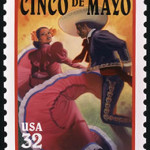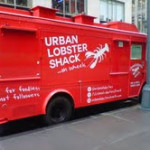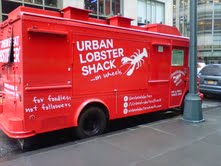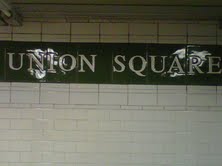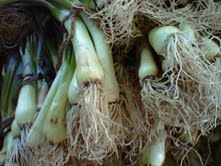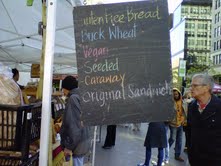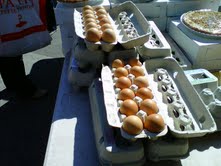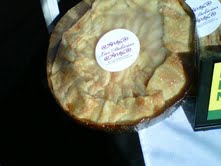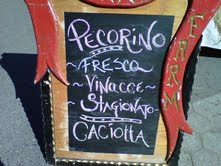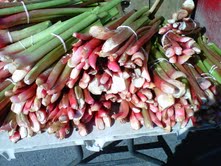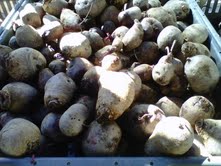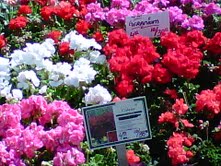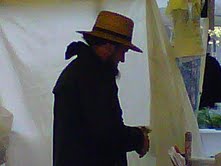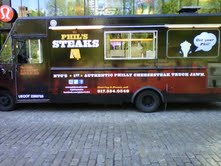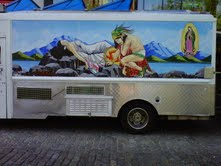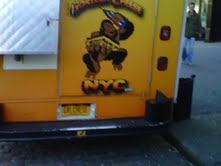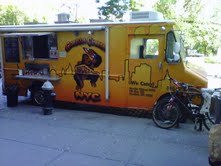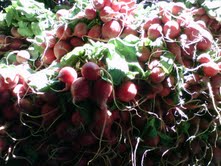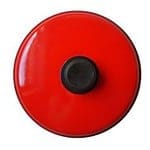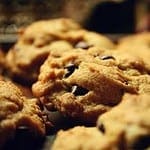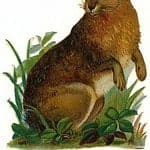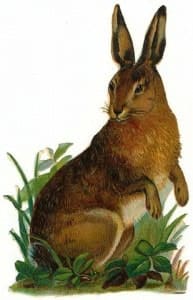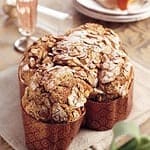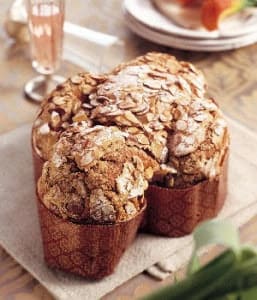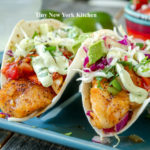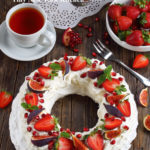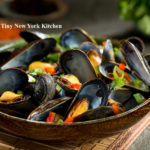Cinco de Mayo (the fifth of May) has become a lively and fun commemoration of Mexican culture. The history behind Cinco de Mayo commemorates the Mexican army’s 1862 victory over France at the battle of Puebla during the Franco-Mexican war (1861-1867). Cinco de Mayo is a relatively minor holiday in Mexico. In the United States Cinco de Mayo has evolved into a celebration of Mexican culture and heritage, particularly in areas with large Mexican-American populations. Cinco de Mayo traditions include parades, mariachi music performances and street festivals in cities and towns across Mexico and the United States.
We all want to conserve time and energy. Did you know that water boils about 30% faster with a lid. Water boils faster in covered pots. The more water you have in the pot the more of a difference the lid will make. When boiling water in a pot for which you have no lid, cover it with a baking sheet or aluminum foil.
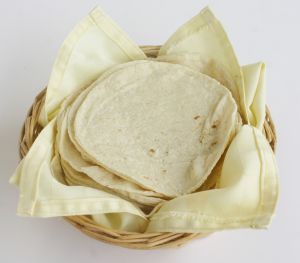 How To Heat Tortillas & Taco Shells
How To Heat Tortillas & Taco Shells
I cannot tell you how many times over the years that I’ve overcooked tortillas and taco shells. You’ve got to babysit them!
For Corn or Flour Tortillas: Heat them in a dry skillet for 30 seconds on each side. Or you can grill them. Or you can wrap them in foil and bake at 400° F for 10 minutes. Or you can wrap them in a damp towel and microwave them for 1 minute (this is my least favorite way because they tend to come out chewy).
For Hard Taco Shells: Bake at 350° F for 4 minutes or microwave for 45 seconds (again my least favorite method).
The Origins of Easter Symbols
Easter celebrates the resurrection of Jesus, but is also associated with popular symbols such as eggs, candy, bunnies and food. Here is a look at the origins of these beloved symbols.
The Easter Lily
The white blossoms of the lily symbolize the purity of Jesus. The trumpet-shaped flower that blooms in the spring also symbolizes new life and the resurrection of Jesus Christ. People use the flower to celebrate and enjoy the very essence of the Easter season.
Hot Cross Buns
A favorite during spring and the Easter season. Hot cross buns are a sweet, yeast leavened, spiced roll made with currants or raisins. They have long been a symbol of Good Friday. Each bun has an icing cross on top to signify the crucifixion.
The Butterfly
The butterfly’s unique life cycle is meant to symbolize the life of Jesus Christ. The first stage, the caterpillar, stands for his life on Earth. The cocoon stage portrays the crucifixion and the burial of Jesus. The final stage, the colorful butterfly, represents Jesus rising from the dead and the resurrection.
Easter Baskets
In Germany, children made nests in which the “Osterhase” or Easter Bunny could lay his colored eggs. The nests were replaced with baskets once the tradition was brought to the United States and the Easter contents were expanded to include candy and other treats.
Easter Ham
In the United States ham has become a traditional Easter dish. In the early days, meat was slaughtered in the fall. There was no refrigeration so the fresh pork that wasn’t consumed during the winter was cured for spring. This made ham a natural choice for the celebratory Easter dinner.
Easter Egg Hunts & Rolls
The first official White House egg role took place in 1878 under the presidency of Rutherford Hayes. Egg hunts and rolls have no religious connection, but some will point out that the roll is a symbolic act for the removal of the stone blocking Jesus’ tomb.
Easter Parade
The origin of Easter parades dates back to the mid-1800’s in New York City. The wealthy used Easter as an opportunity to show off their new spring wardrobe by walking up and down Fifth Avenue after church. Soon the less fortunate started showing up to watch the spectacle and a tradition was born.
Easter Candy
Second only to Halloween in candy sales, Easter is a holiday for children and adults with a serious sweet tooth. Chocolate eggs and candy shaped like bunnies or eggs are extremely popular. Also, jelly beans are often associated with the holiday due to their egg-like shape.
The Egg
Easter eggs are likely linked to pagan traditions, but eggs have long been used to celebrate spring and the idea of renewal. It’s not unusual that in almost all ancient cultures, eggs are held as a symbol of life. At the Passover Seder, a hardboiled egg dipped in salt water symbolizes both new life and the Passover sacrifice offered at the Temple of Jerusalem.
The Easter Bunny
The cute furry creature is certainly not mentioned in the Bible, but has nonetheless become the most well-known symbol for the spring holiday. The Easter Bunny’s origins are not entirely known, but some stories date his arrival in the United States back to the 1700’s when German immigrants brought their tradition of an egg laying hare called “Osterhase” to the country. Much like children leave cookies for Santa, boys and girls leave carrots out for the Easter Bunny in case he got tired from hopping around all night.
Holy Saturday
Lent is considered to end at noon on Holy Saturday. Not only is the fast ended, but there takes place the dropping of the veils from the statues, the replacing on the empty alter of candles and flowers in preparation for the drama of the Resurrection. The anticipation of Easter is observed in various countries on Holy Saturday by religious processions, the lighting of new fires and other local customs. Sometimes a large bonfire of burning logs is made before the cathedrals in Germany and Austria and used for the new fire of the liturgical ceremonies. From these children take home pieces of burning wood, from which is lighted the fire for cooking the Easter food. In Italian homes various customs are observed. The parish priest goes from house to house blessing each with holy water. At dinner the head of the family blesses the table with a palm branch kept from Palm Sunday, and special cakes and pizza made with eggs are eaten.

